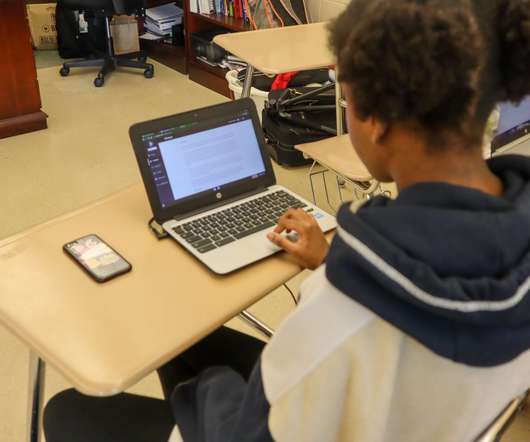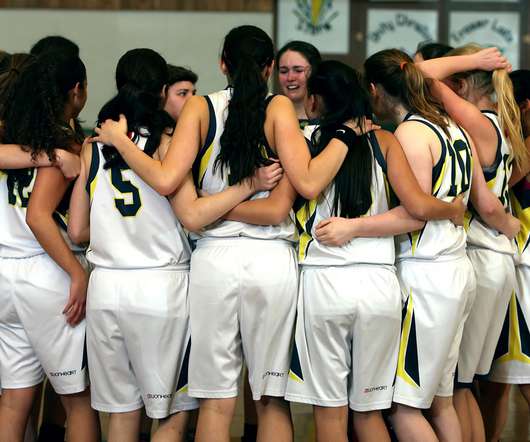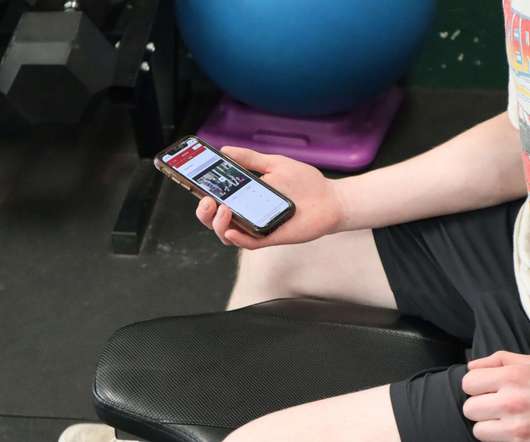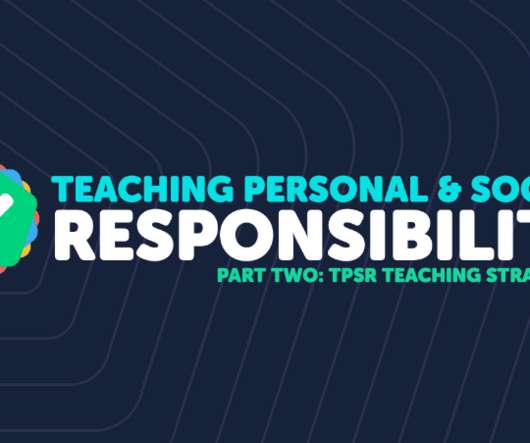Student Centered Learning Examples Using Technology
PLT4M
SEPTEMBER 20, 2022
student at the University of New Mexico in the Health, Exercise, and Sports Science Department. In this article, Sean explores student centered learning examples in physical education with the use of technology. Formative assessments help guide future instruction with student input.











Let's personalize your content